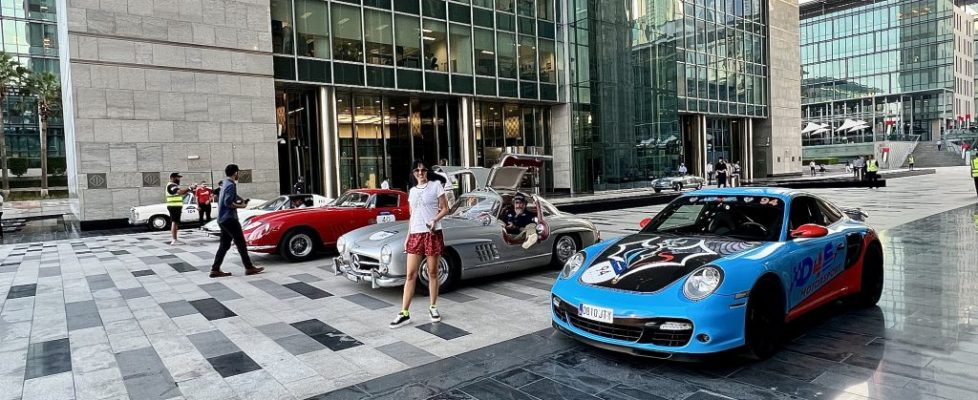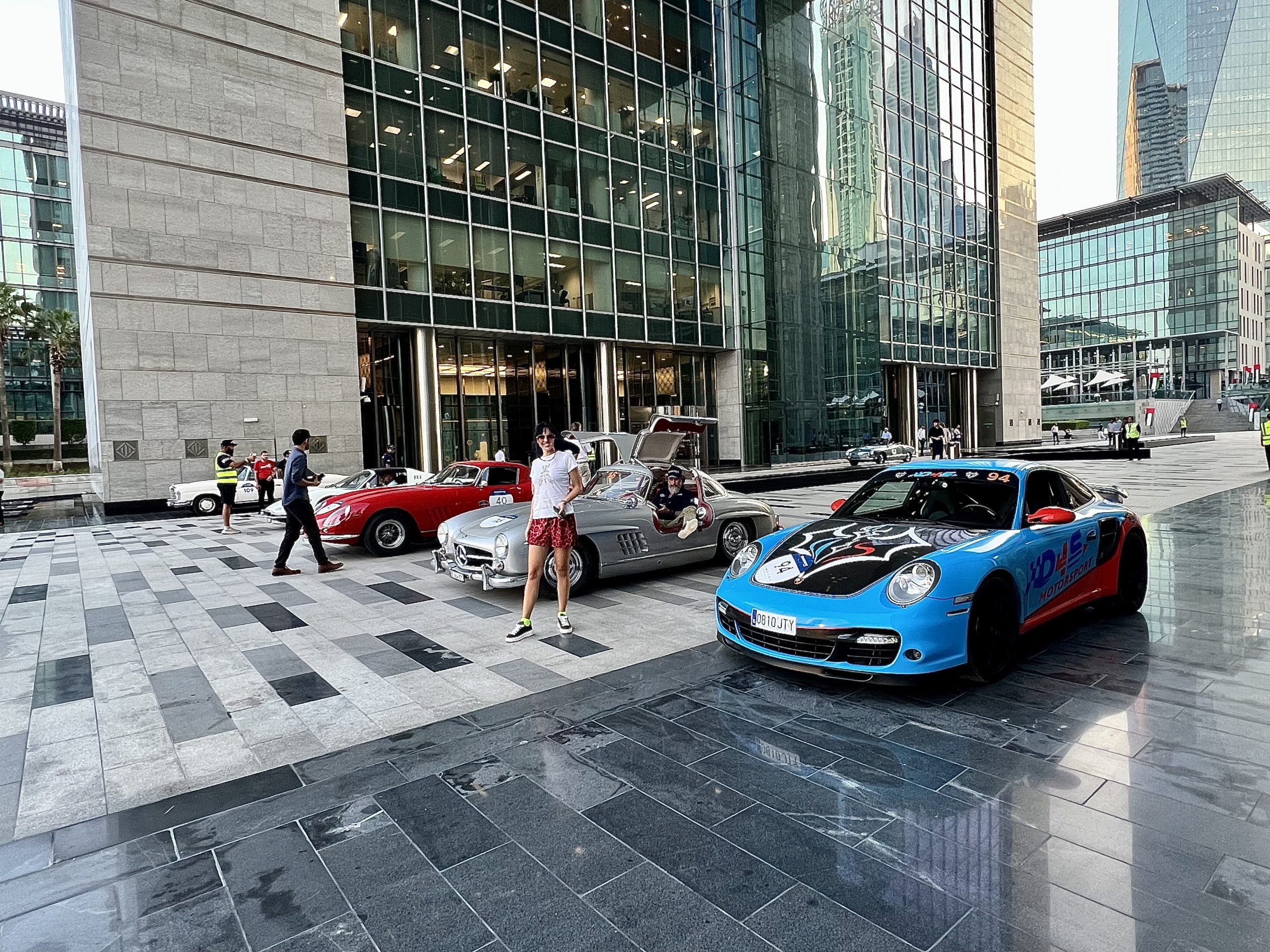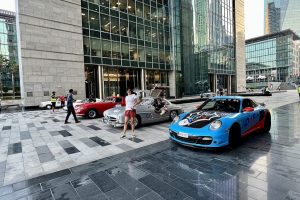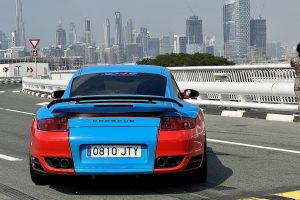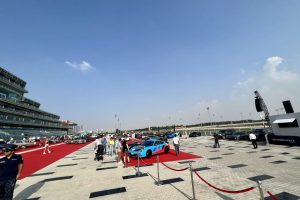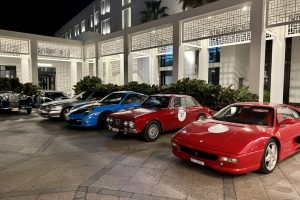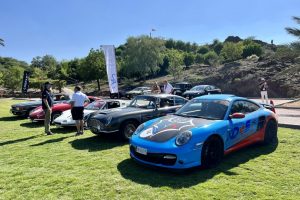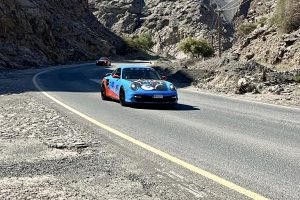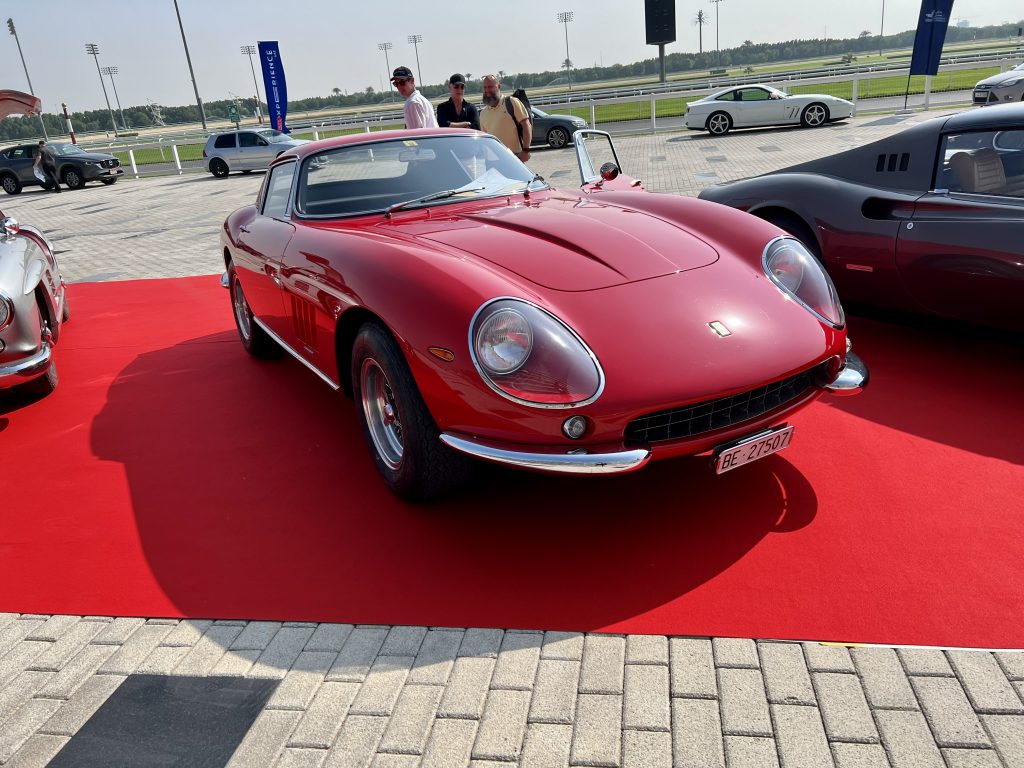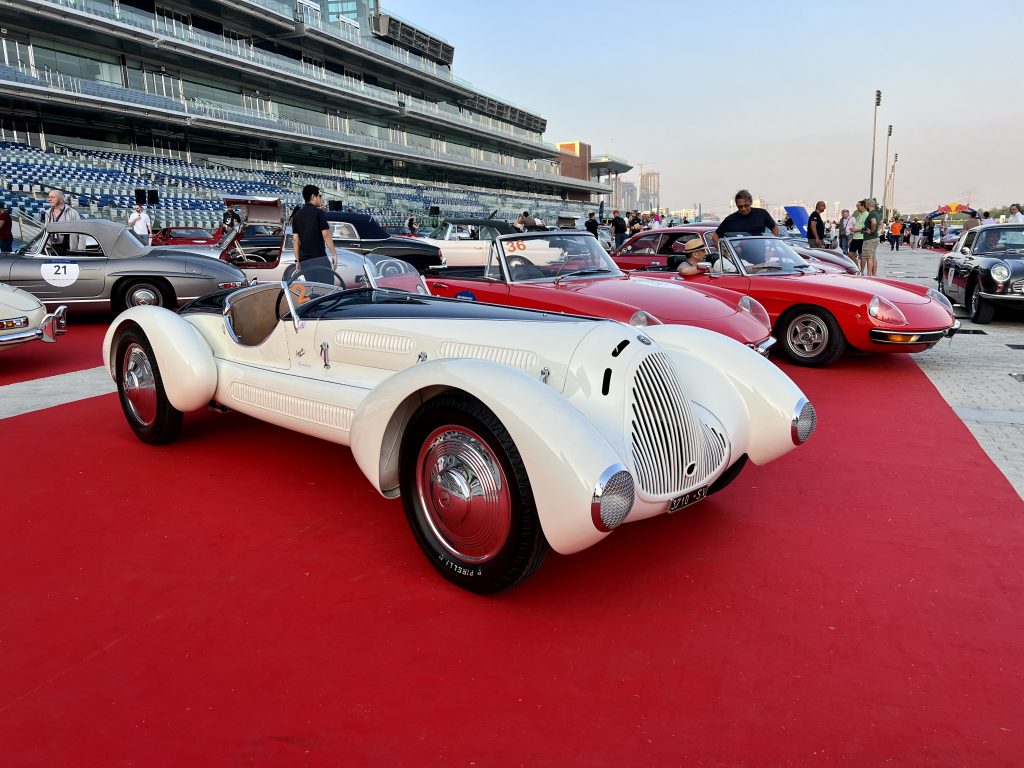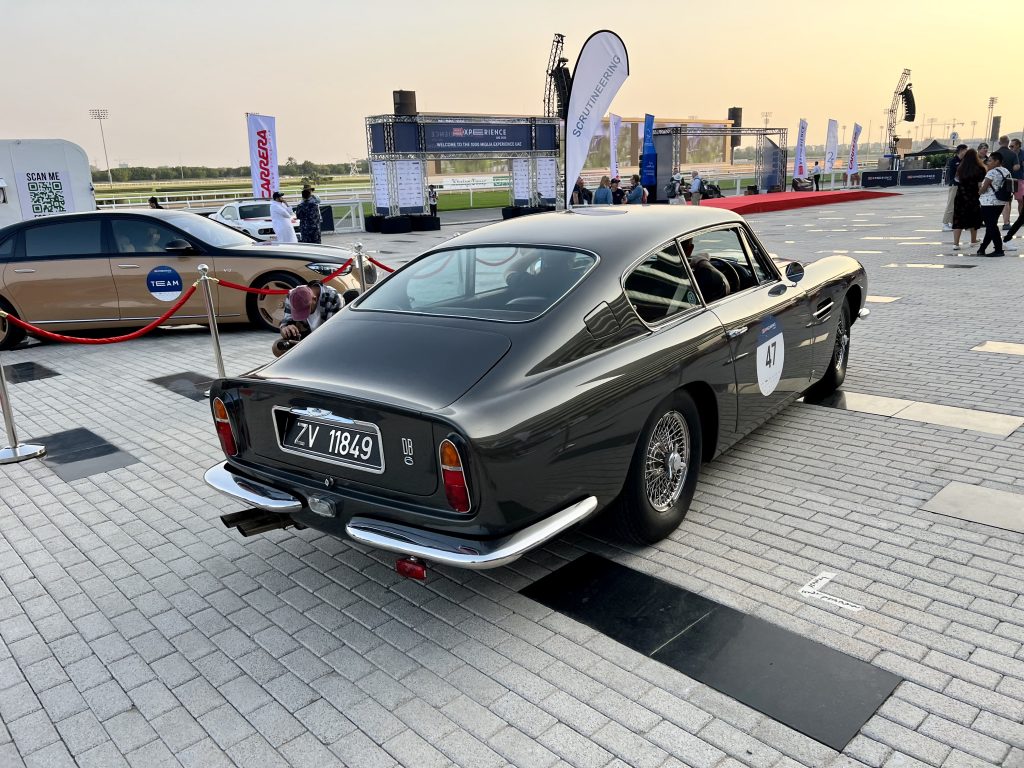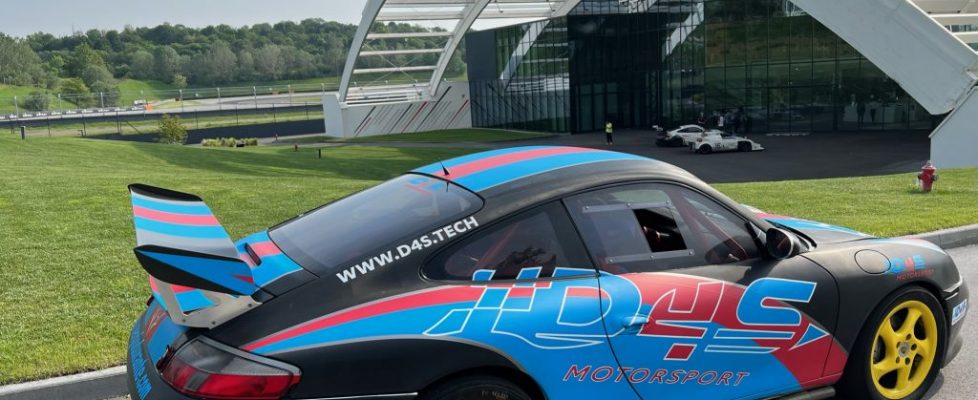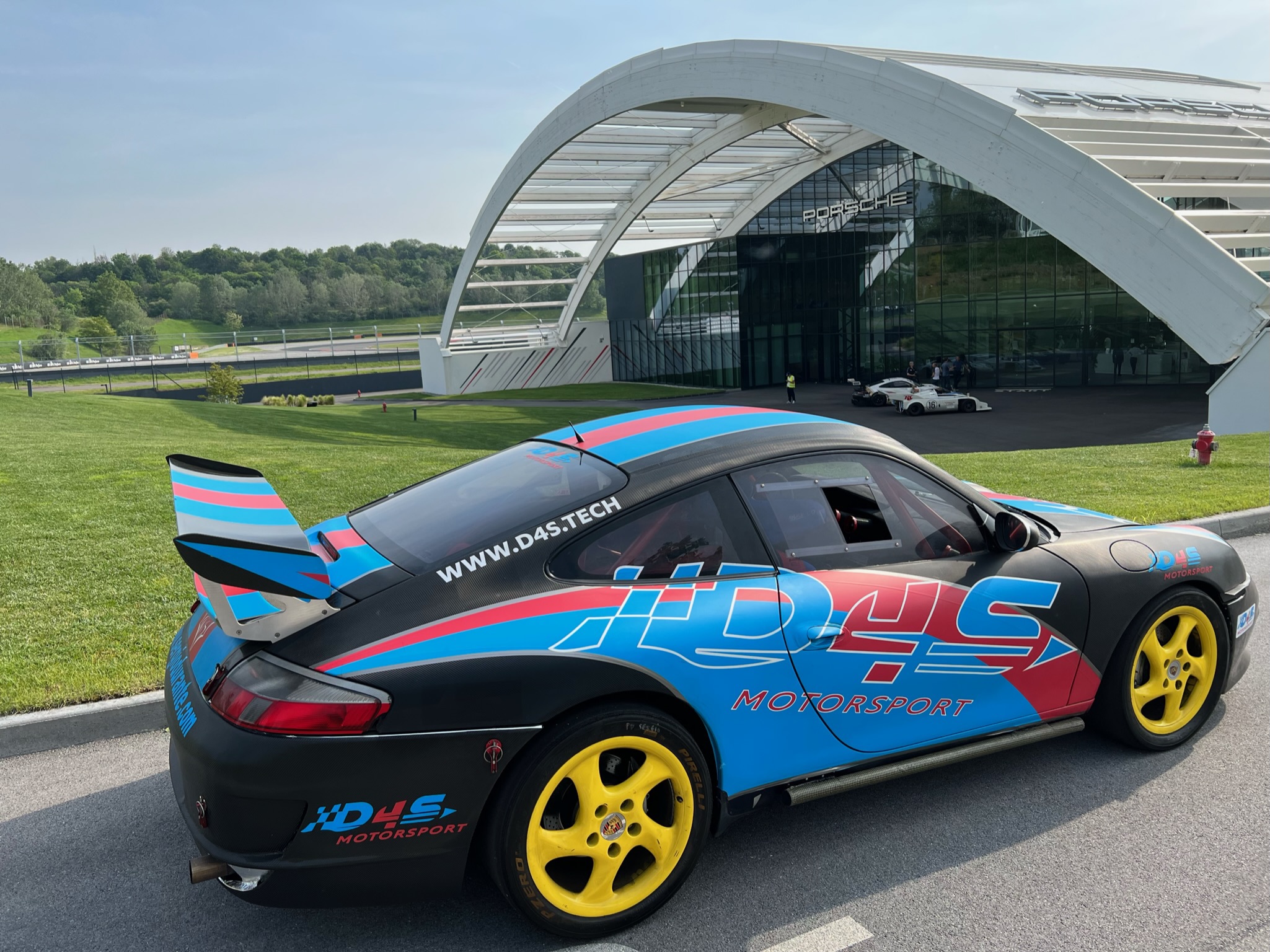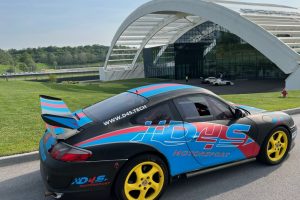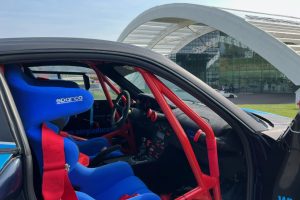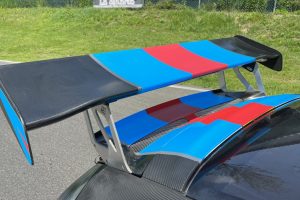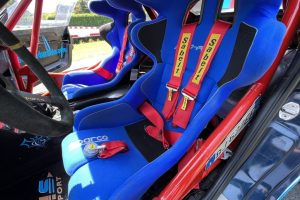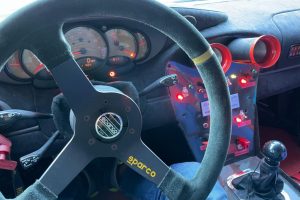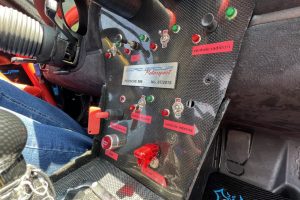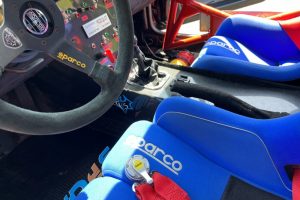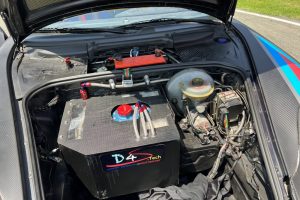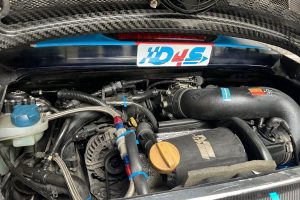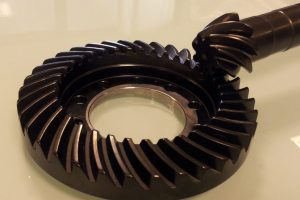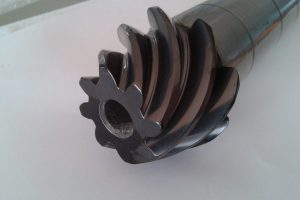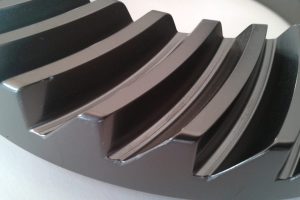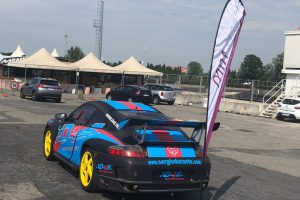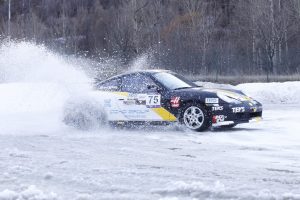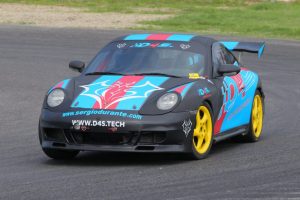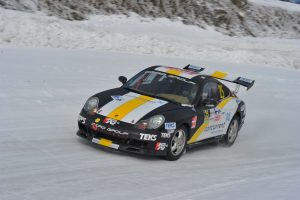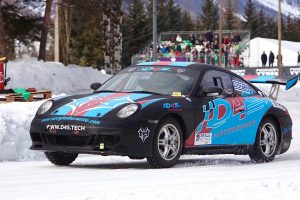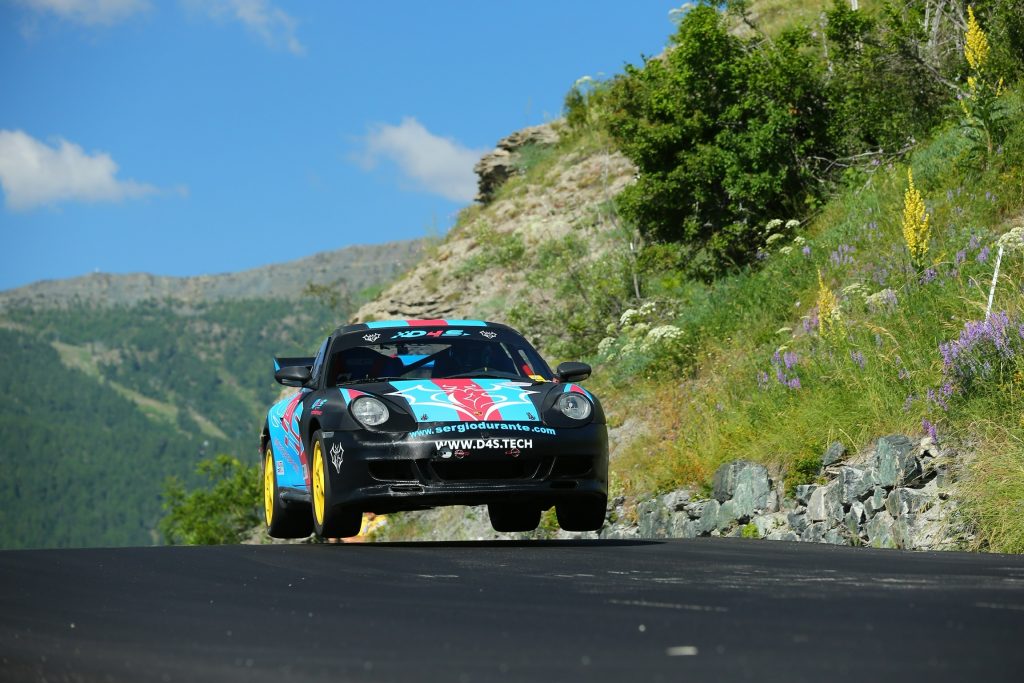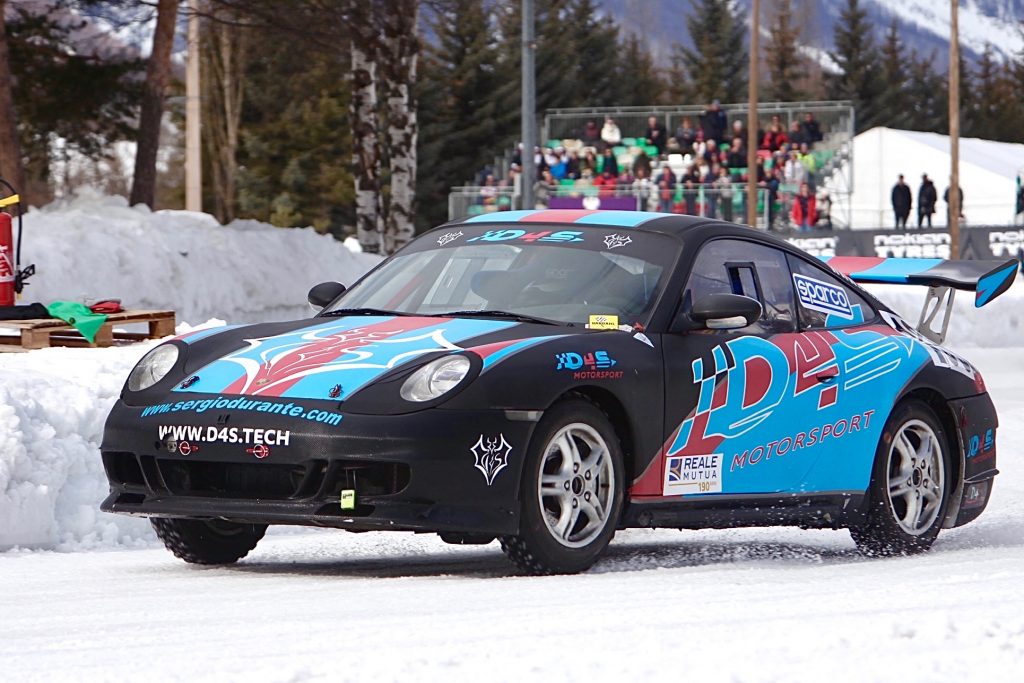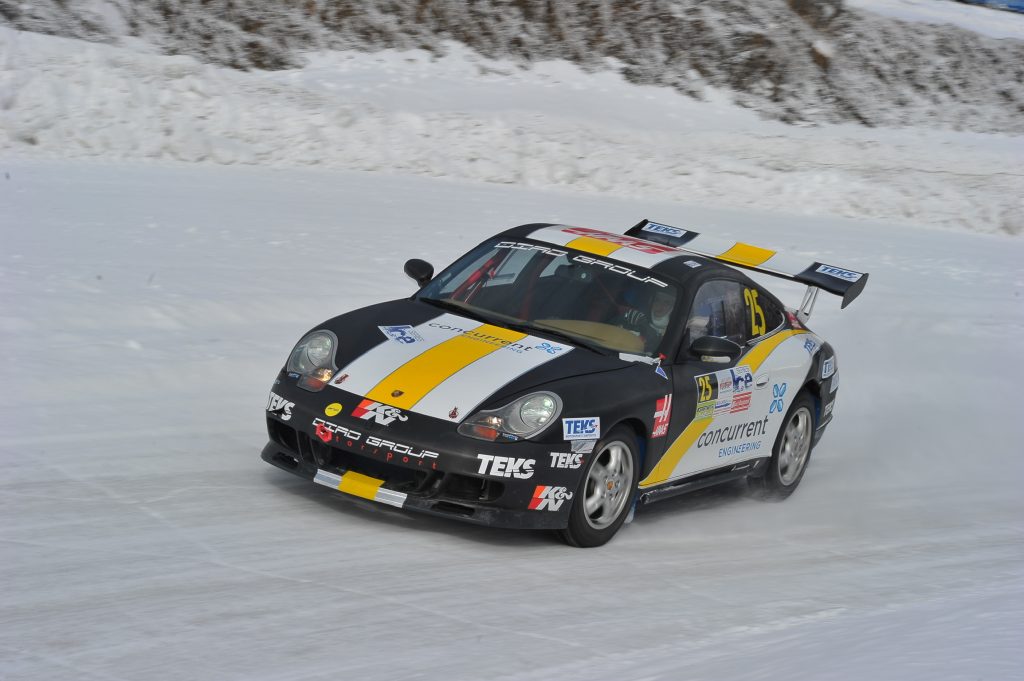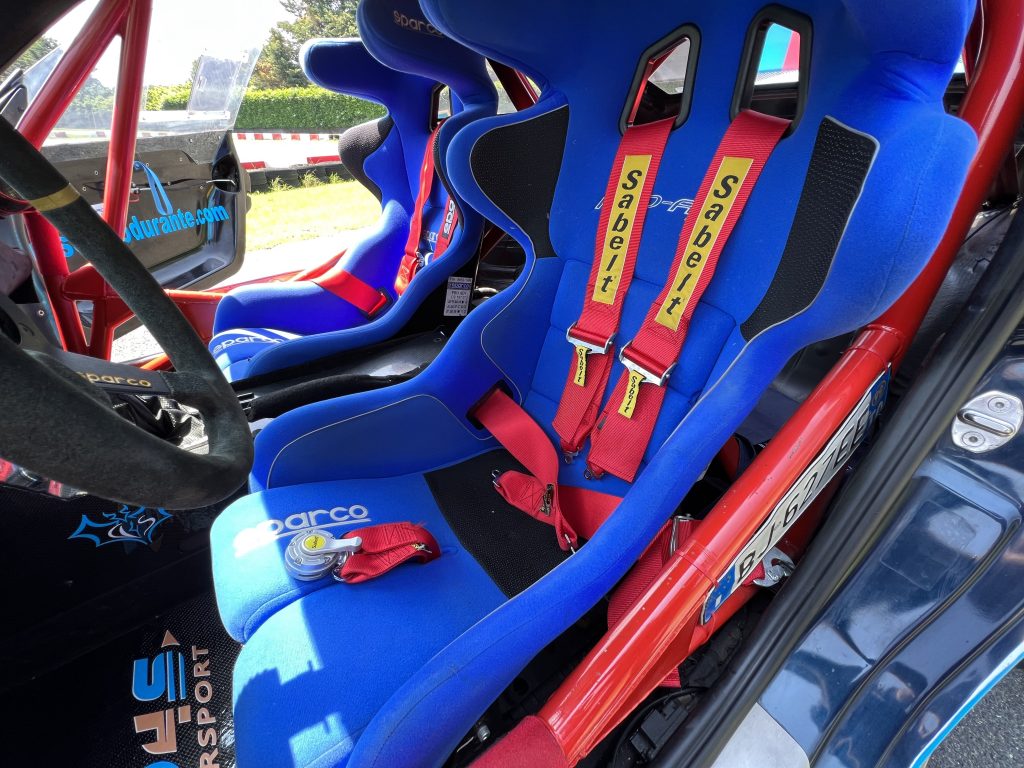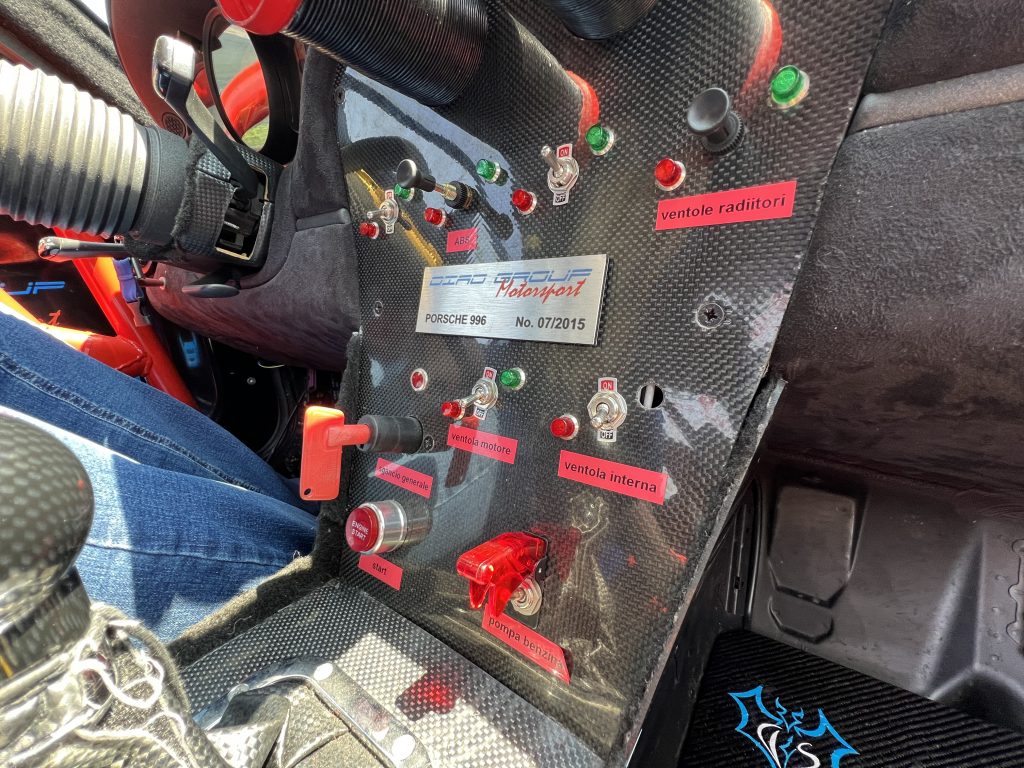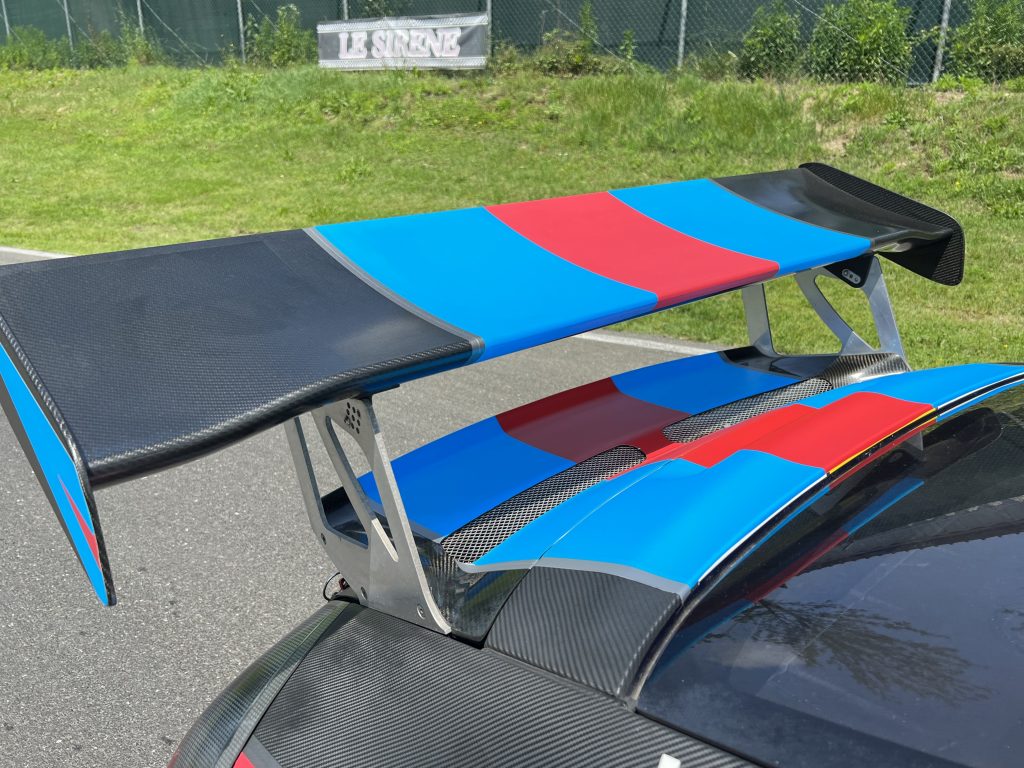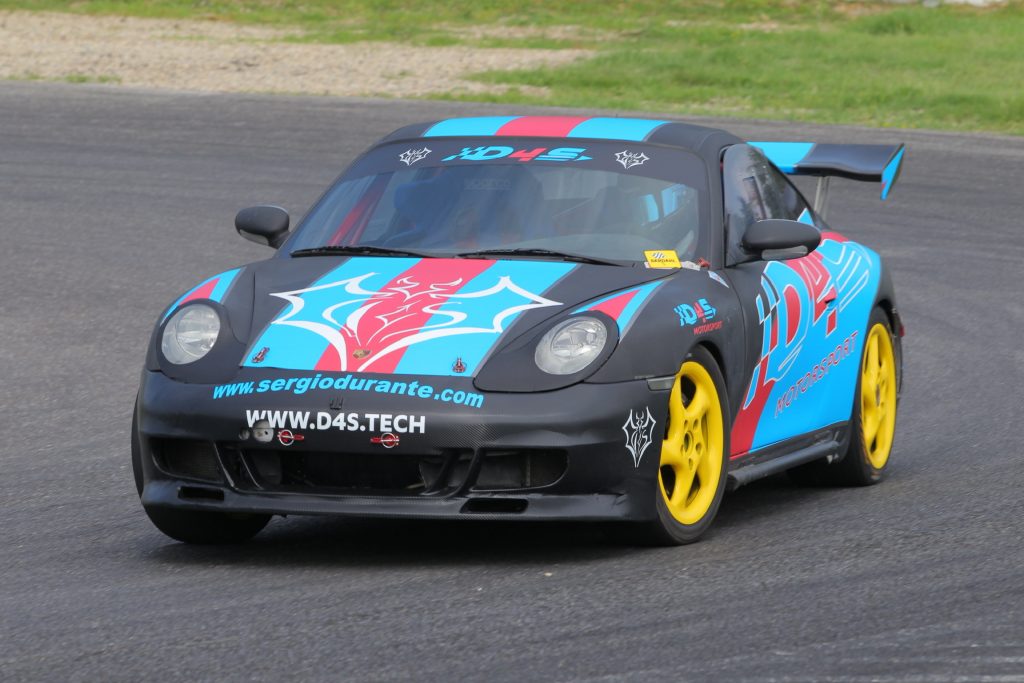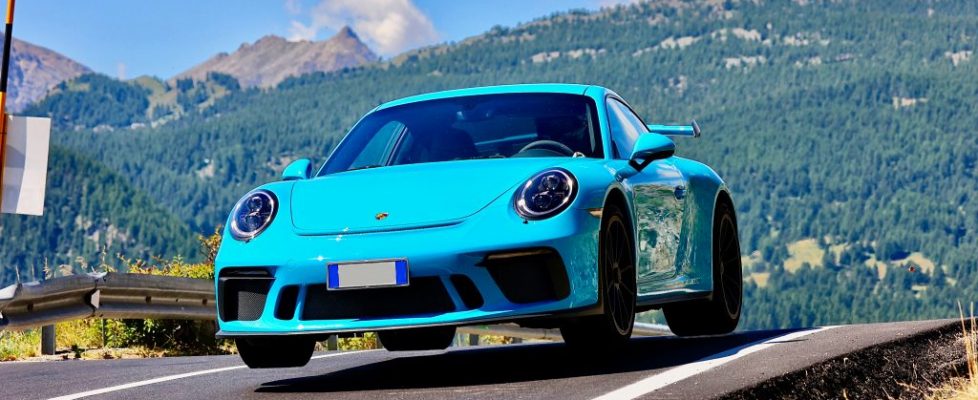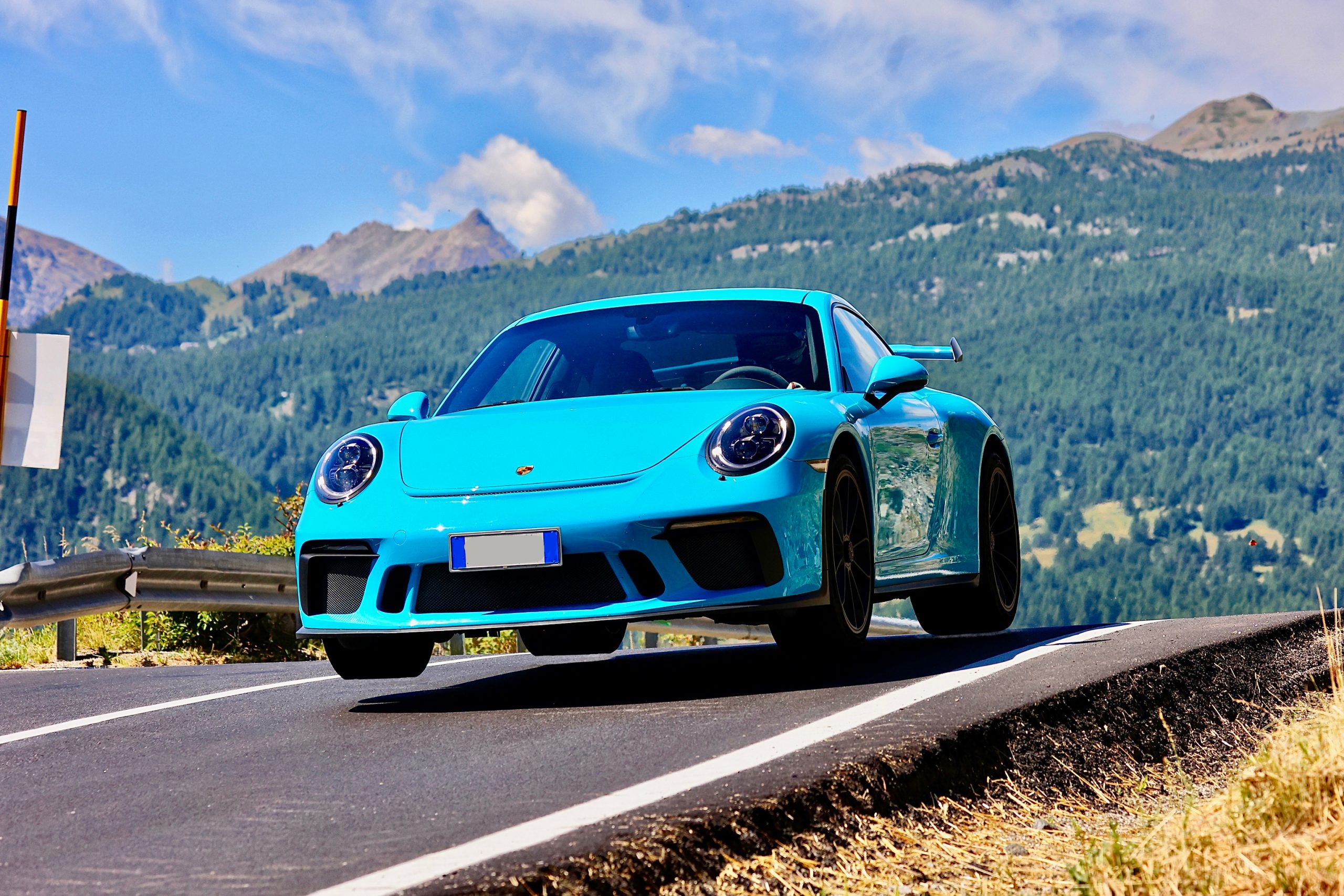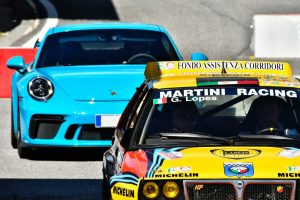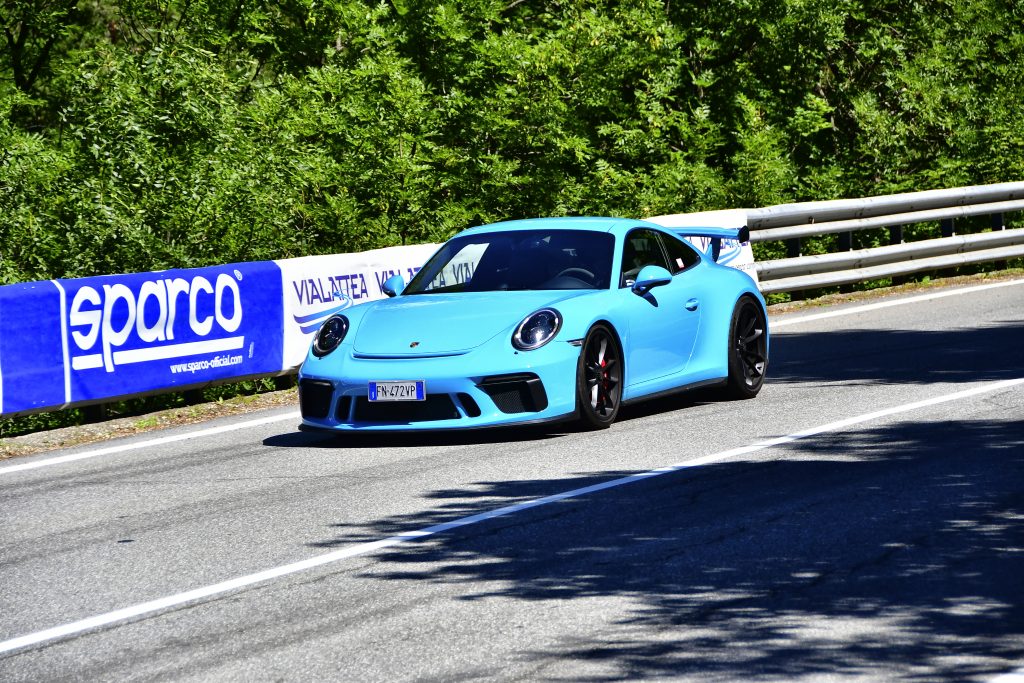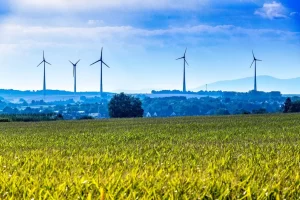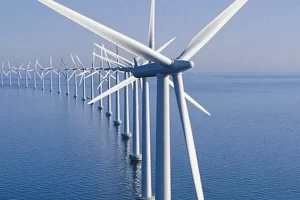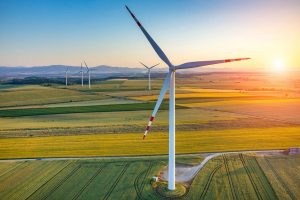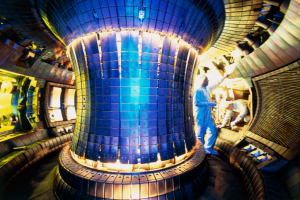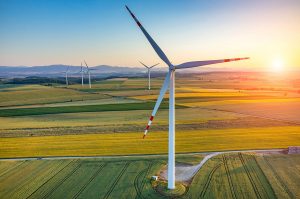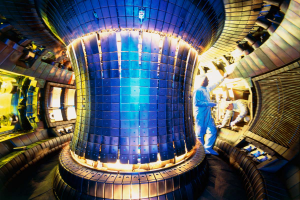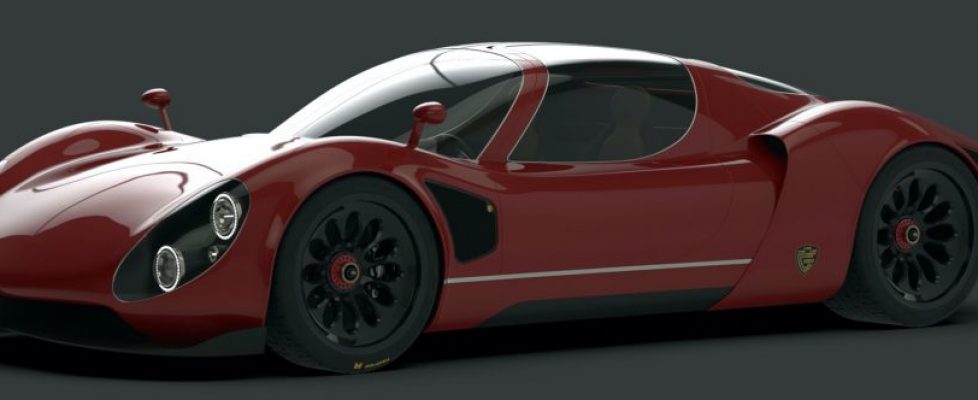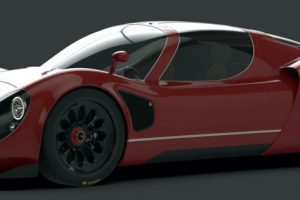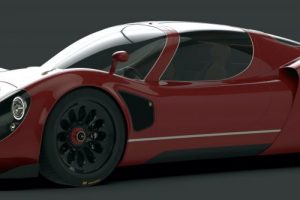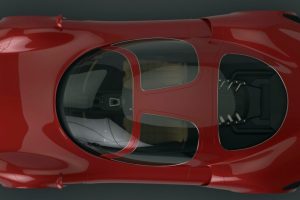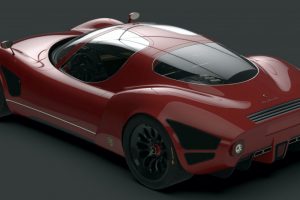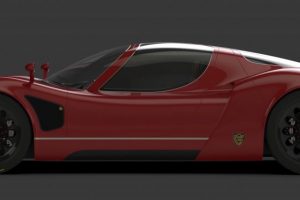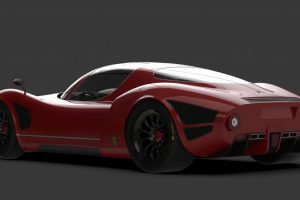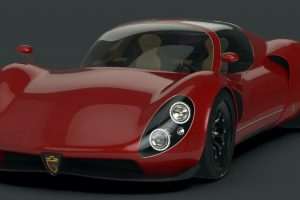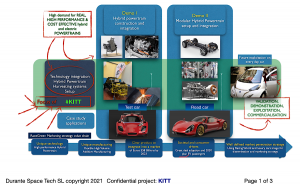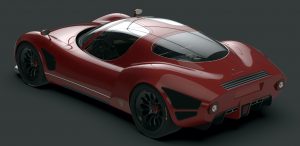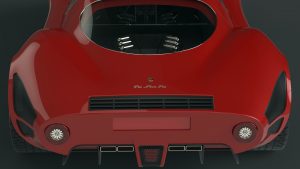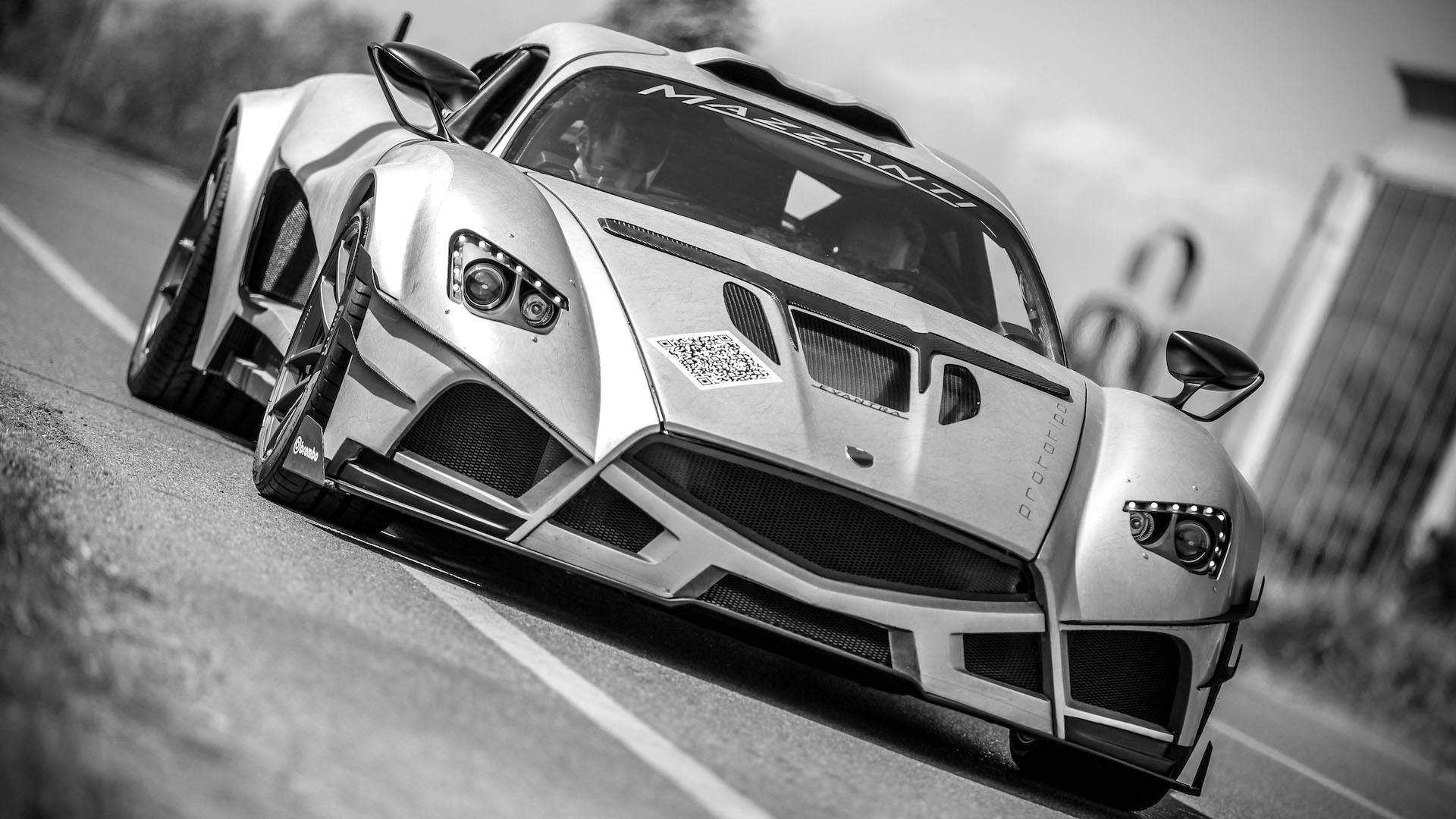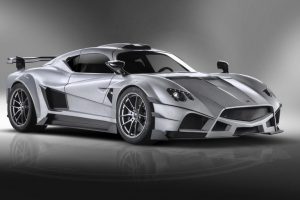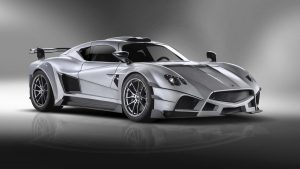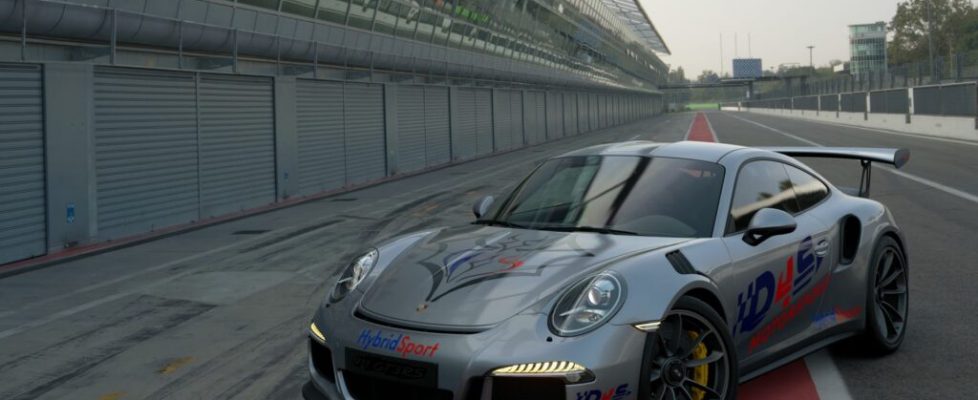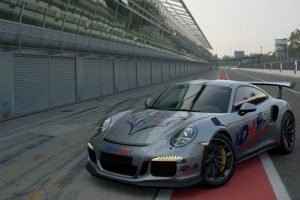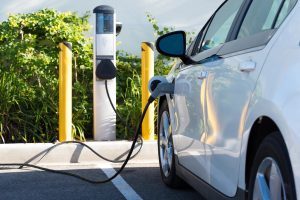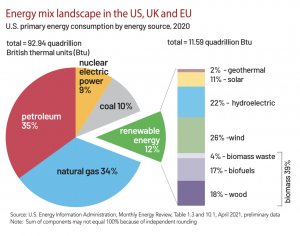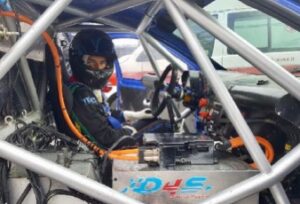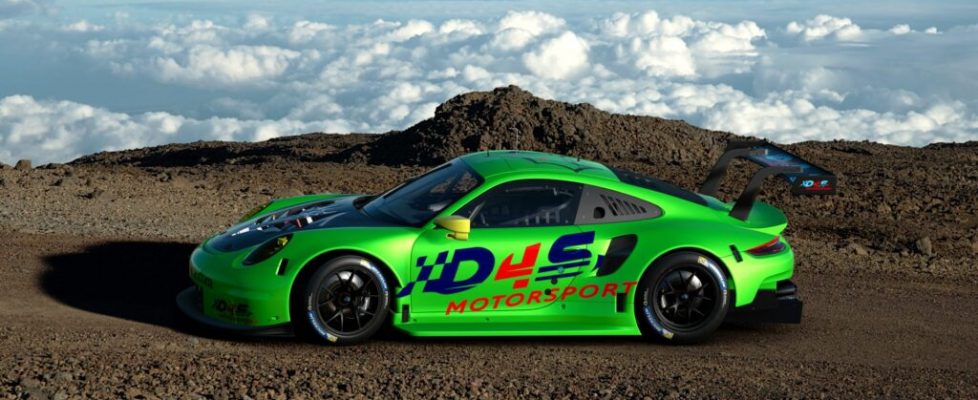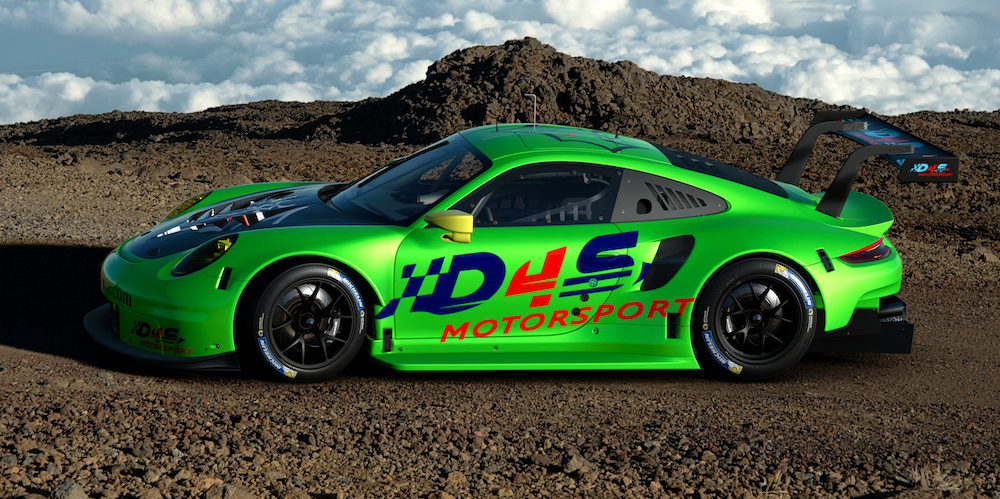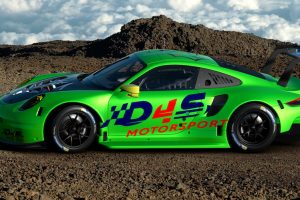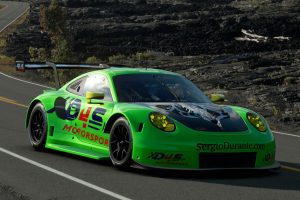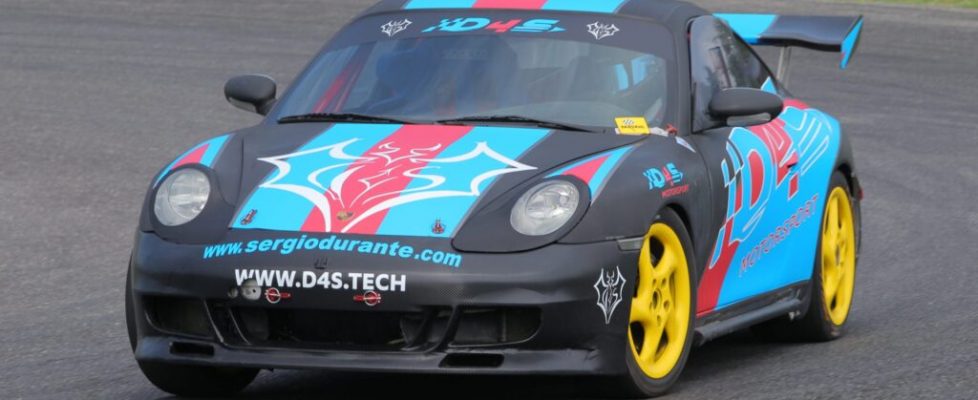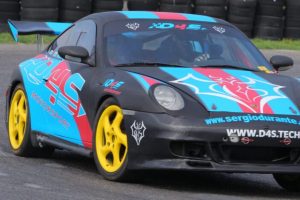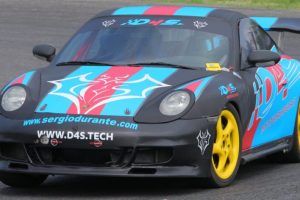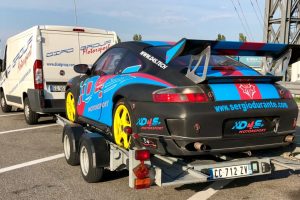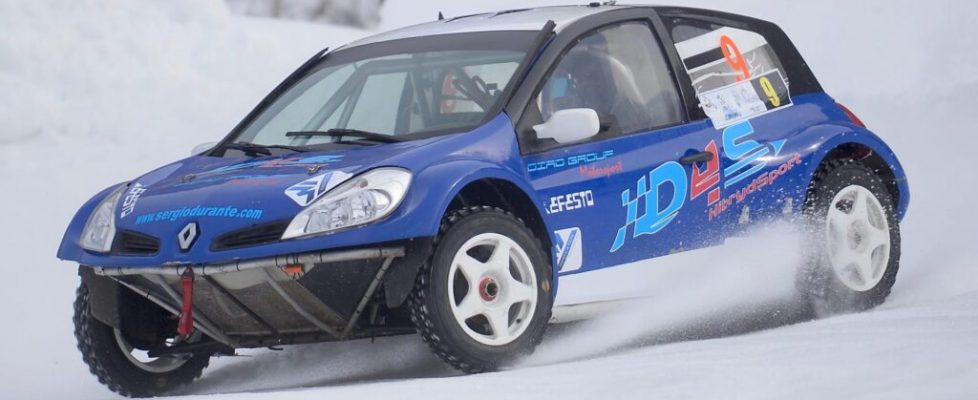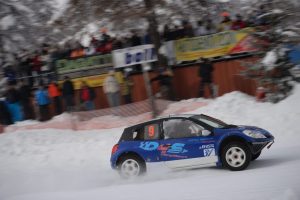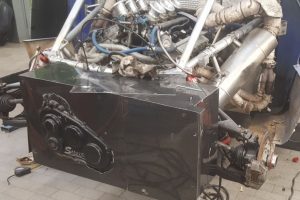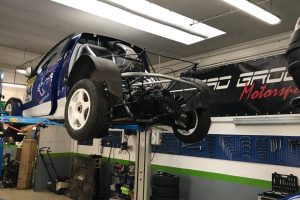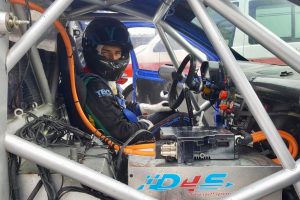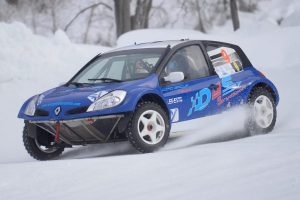Mille Miglia of Dubai – 2023
Mille Miglia of Dubai - December 2023
Mille Miglia of Dubai 2023
This year marked a thrilling shift in our racing experience as we navigated the vibrant streets of Dubai and the all the 7 Emirates for the iconic Mille Miglia event. Departing from tradition, we opted for a powerhouse of performance, the awe-inspiring Porsche Turbo S, meticulously prepared by the skilled hands of D4S Motorsport and driven by Sergio Durante and Veronika Statauskiene.

Dubai, with its dazzling skyline and cutting-edge architecture, provided a stunning backdrop for this exclusive race. The city’s blend of modernity and luxury set the stage for a unique twist on the classic Mille Miglia format.
The Porsche Turbo S, a true beast of power and handling, effortlessly conquered the urban landscape. Its 3.6-liter twin-turbocharged engine unleashed an impressive 770 horsepower, propelling us through the streets with unrivaled speed. The streets of Dubai, known for their opulence and grandeur, became the racetrack for this extraordinary event.
As we maneuvered through the city’s twists and turns, the Turbo S showcased its prowess, seamlessly blending raw power with precision handling. The aerodynamic design and advanced engineering of the car ensured a thrilling performance at every corner.
In the midst of the race, the city’s unique charm added an extra layer of excitement. The juxtaposition of traditional souks and futuristic skyscrapers created a dynamic course, demanding both speed and finesse.
The exclusivity of the Mille Miglia of Dubai mirrored the sophistication of the landscape itself. With a carefully curated lineup of participants and the roaring Turbo S leading the pack, the event exemplified the epitome of automotive excellence.
In conclusion, the Mille Miglia of Dubai, set against the stunning backdrop of this cosmopolitan oasis and the desertic and mountain landscapes, proved to be an exhilarating fusion of tradition and modernity. The D4S Motorsport Porsche Turbo S, driven by Sergio Durante and co-driven by Veronika Statauskiene, showed to be a true marvel of engineering, left an indelible mark on the streets of Dubai, making this exclusive race an unforgettable experience for participants and spectators alike.

A Symphony of Elegance: Unveiling the Masterpieces of the Mille Miglia Middle East
The Most Beautiful Race in the Middle East set to grace the roads of the UAE once again in December 2023, promising a spectacle of automotive magnificence like never before. The air will resonate with the purr of engines and the timeless beauty of classic cars as they embark on an exhilarating journey through an exciting new route.
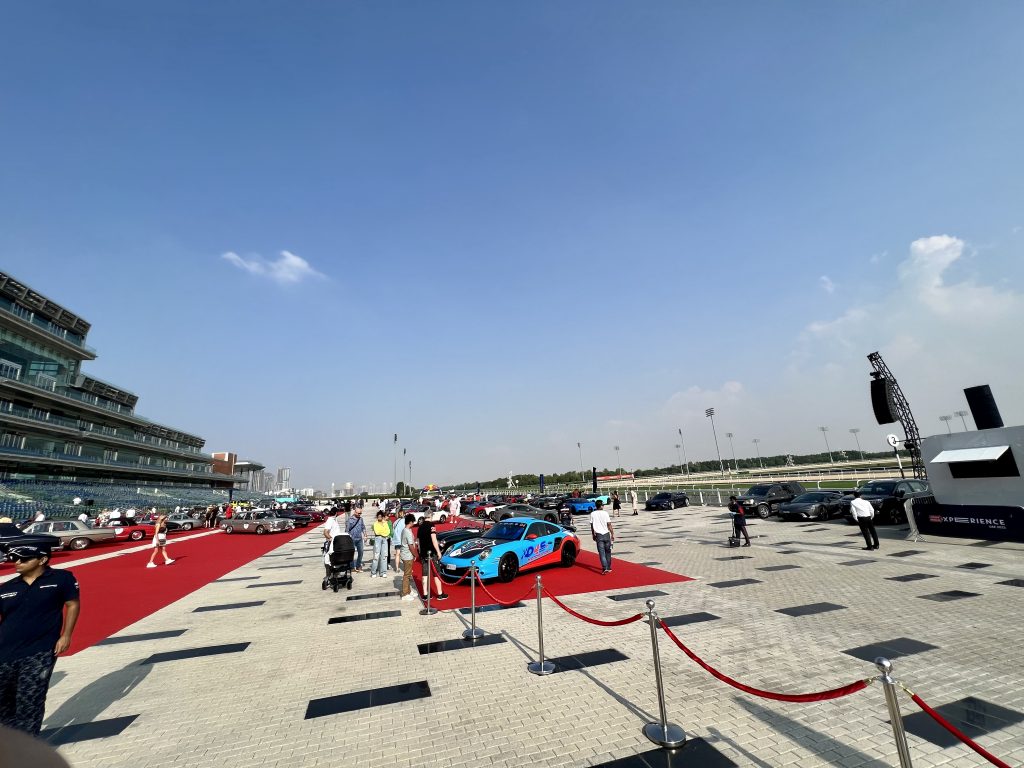
This year, the event has expanded its horizons, welcoming an impressive lineup of 120 cars that embody the essence of automotive artistry. Each vehicle, a masterpiece on wheels, tells a story of passion, craftsmanship, and the timeless allure of classic motoring. From sleek curves to roaring engines, the Mille Miglia Middle East brings together a collection of automotive gems that span the ages.
In response to the overwhelming demand from collectors and enthusiasts, the event organizers have curated an exceptional fleet, offering participants the chance to revel in the unparalleled experience of a regularity rally that transcends the ordinary. The diverse array of cars, ranging from iconic vintage models to contemporary classics, showcases the rich tapestry of automotive history.
As a special treat for the adventurous drivers, this year’s route extends to the Sultanate of Oman, embracing the breathtaking driving roads of the Musandam Peninsula. With its sinuous ribbons of tarmac cutting through majestic mountains, the journey promises an adrenaline-fueled experience like no other. The Mille Miglia Middle East continues to be a celebration of not only the beauty of the cars but also the spirit of exploration and camaraderie among enthusiasts.
Get ready to witness a symphony of elegance as the Mille Miglia Middle East unfolds, bringing together the most remarkable classics against the picturesque backdrop of the UAE and the rugged landscapes of Oman. This is more than a race; it’s a timeless ode to the allure of automotive excellence.

